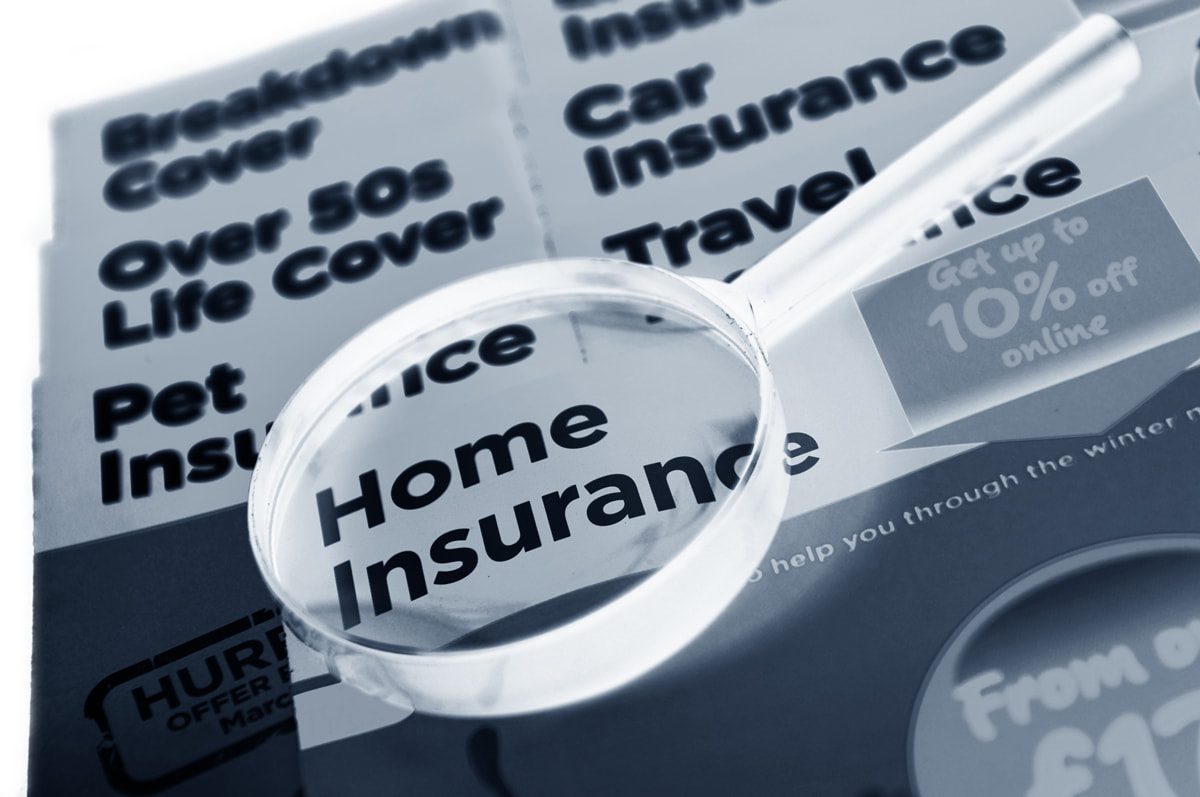1. Replacement Cost of Insured Home
Statistics show that property damage, especially due to fire or inclement weather, is the top reasons for filing a homeowners insurance claim. And unsurprisingly, protecting their home if damaged or destroyed is the number one reason people buy this kind of insurance.
But the cost of premiums will be based, in large part, on the replacement value of your building – which differs from market value. Newer homes often are worth more, but older homes may cost more to repair or replace – especially if antique features are present and if upgrades would be needed to bring it up to modern building code standards.
2. Deductible Size or Sizes
One way to lower your premiums is to agree to a higher deductible. For example, you can usually insure a house with the same replacement value for around 25% less per month if you settle for a $1,000 instead of a $500 deductible. But of course, you’ll pay more out of pocket if you do have to file a claim.
But also consider that some insurers allow you to have a separate deductible for hurricane or wind damage (and certain other specific types of damage). Having a low overall deductible but a higher one for certain types of claims is sometimes a good option.
3. Liability Limits
Although not as common a claim-type as property damage, when a liability claim is filed, it’s often a relatively expensive. That means you might want substantial liability coverage, but it also means that lowering your liability limit can significantly lower your monthly premiums.
Most policies have a personal liability coverage limit of around $100,000. That sounds big, but if you face a serious lawsuit, it often takes as much as $300,000. A $5,000 or higher medical payments limit is usually also good to include.
4. Special Additional Risks
There are a number of special risks that can add to the cost of homeowners insurance. Owning a dog, especially a “dangerous breed” or one with a past history of biting/attacking people is one such risk. Another would be owning a wood stove or having a home with an old fashioned fireplace. A third common added risk is owning a pool and/or hot tub.
There are ways to mitigate the impact of these extra risks, like dog training or safety certification for wood stoves, but they will still likely add at least a little bit to the premiums.
5. Credit & Insurance Score
Your credit score is often a factor in determining your premiums, but so also is your “insurance score”, which differs from credit scores and is widely used in the industry. Additionally, your claims history can be a big factor.
There are many other factors too, like marital status, roof condition, living by a body of water, and living near a fire station that impact premiums. To learn more on what to expect, or for a free quote, contact Flagler County Insurance Agency today!
